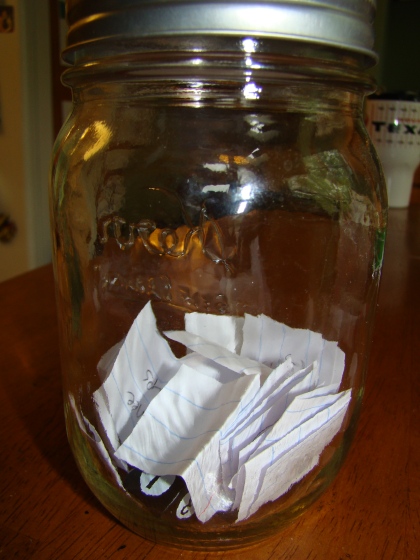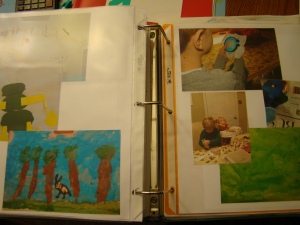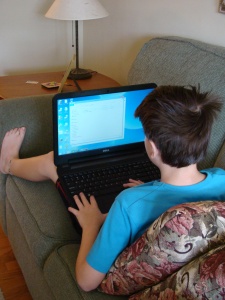
Like most kids in 2016, my kids LOVE technology.
And like most moms, I struggle with the limitations we put on it.
We have changed, flip-flopped, back-tracked, you name it, on our “rules” regarding technology/screen time. It seems that whenever my husband and I come up with a way to keep track of and limit screen time, the kids weasel their way around the rules and in no time at all, it gets out of hand.
I admit that I don’t have the answers. I am terrible at this! I kind of enjoy the quiet of them playing the Xbox while I get chores done…or read in peace! Also, playing the Xbox with friends online is one of the few ways they “talk” to friends as homeschoolers.
I know how bad it is for them, though, so I do continue to work on a plan that allows them to play with friends and lets me feel comfortable about their screen time.
So, while planning their Health lesson for this week (Health is required in my state), I came across a lesson about screen time limits from Kids Health. This is not a magic bullet, but I’m hoping it will help the kids see why limiting their time is so important.
By the way, I am very realistic and I know I could do this lesson every day for a month and I’ll still have arguments. But, education is a good thing, so let me live in a dream world!
We started our lesson by listening to the audio lessons on the Kids Health site that relate to the topic. We listened to a few including “Are Video Games Bad for Me?” and “Why Exercise is Cool.” Search under the “Educators” link on their website for ideas. (We used this lesson, specifically, but there are others depending on your child’s age.)
When we finished listening, we discussed why excessive screen time is not good and we brainstormed ideas for alternative activities.
Then, we put those activities from our brainstorming on a poster board. We cut out pictures from magazines and made a collage for each child. I hung them up in our kitchen, so they will be a reminder to us of what alternatives we have available.


As you can see, my kids like to play sports, cook, play superheroes, play legos, and enjoy many “screen-free” activities!
Kids Health also has log sheets for the kids to track their screen time for two weeks. I gave each boy a copy. During week one, they’ll track their “normal” screen time and during week two, they’ll try to improve that number. I will hang those up next to the activity posters as another reminder for all of us!
Finally, I put together an activity jar (see the picture at the top of this post) to keep us active when we can’t be outside.
Inside the jar are slips of paper with silly activities on them. There is also a die. Here is how this works:
- One child will role the die, while the other pulls a slip of paper from the jar.
- Then, they complete the activity as many times (or repetitions) as the die shows.
You can put any activity you like on the papers, but as a family, we brainstormed some silly things and some basic exercises just to get us moving.
Some of our activities include:
- Bear walk around the couch
- Stand on one foot for 5 seconds (multiply this by whatever number is on the die!)
- Frog jump
- Crab walk around the couch
You can make up anything that your kids will enjoy. This can be a movement break during a long homeschool day, too. I have boys that tend to be competitive, so sometimes this can turn into a fun game.
We’ll work on lessening our screen time and increasing our activity at the same time! I hope you can take some of these ideas and find what works for your family. And feel free to give me ideas, too! I’d love to know how other families tackle this!













